This started years ago when I met HyeJin. She was a student at Sejong School. I was asked to proctor an exam for her with New York University. I met her mother on that day. We were mainly quiet while HyeJin was writing her 3 hour exam but I did not learn that her parents had been Christian missionaries in Indonesia for many years before coming back to Korea.
I also remember her mother telling me how completely disappointed she was in Sejong School. I know she pulled HyeJin and her brother out of the school shortly after HyeJin finished that exam. Another teacher had been talking to her about the the benefits of homeschooling. She was ready to take the plunge...
It’s been five years since that happened. I have read material by homeschoolers online for quite a while, and I have read a few books. I received a book at the beginning of September called Awaking Wonder. Sally Clarkson is a bit of marvel because she was one of the pioneers of homeschooling in the United States. All four of her children are gainfully employed, write books, and are quite motivated in the messages they give. Obviously, many of the things Sally Clarkson did with her children worked.
it occurred to me in the midst of the frenzy of creating a research project that homeschooling in Korea might be an interesting topic. And it has proven to be fascinating. There are researchers out there who genuinely care how homeschoolers are doing. Deok-Hee Seo is one. He sees the bureaucracy and problems with Korean education. ‘Education Fever’, ‘English Fever’, traditional Confucianist education have all contributed to the massive amount of pressure Korean students feel to become somebody important in society and please their parents. How in the world do people just say no?
Some do say no. My research is going to use grounded theory to find out what kind of a process they went through. I am interested in asking questions that will allow me to understand the process of how they decided to homeschool.
Are you curious about how Koreans have just said no to traditional schooling? I'll keep you informed and write some more about this topic next month.
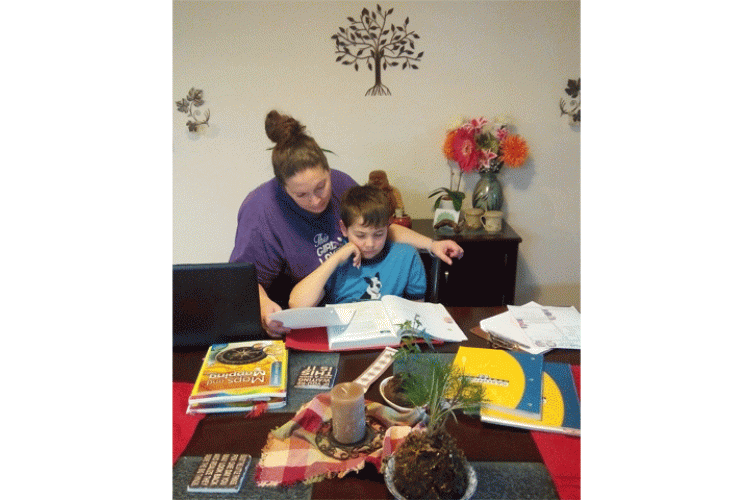

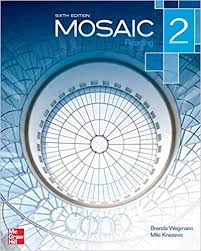
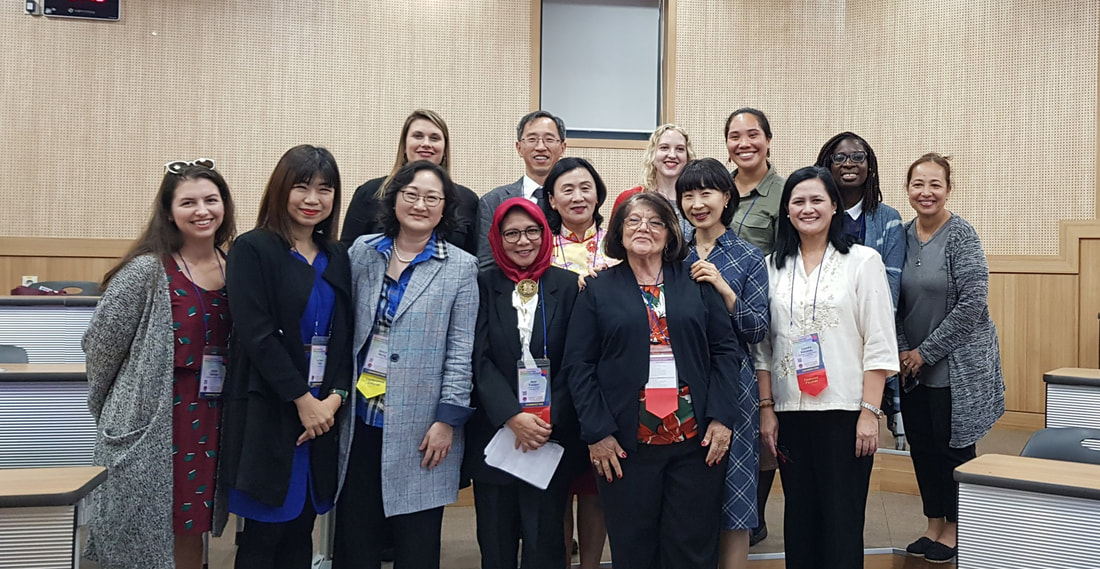


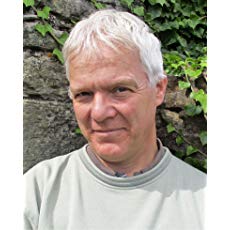
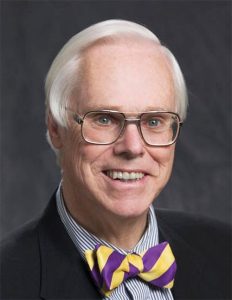
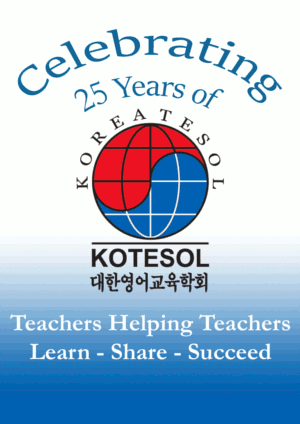

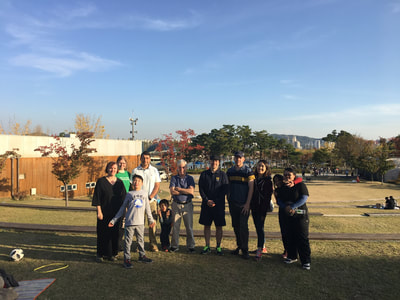
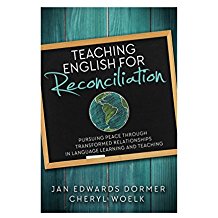
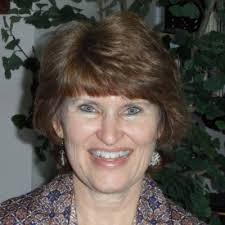






 RSS Feed
RSS Feed